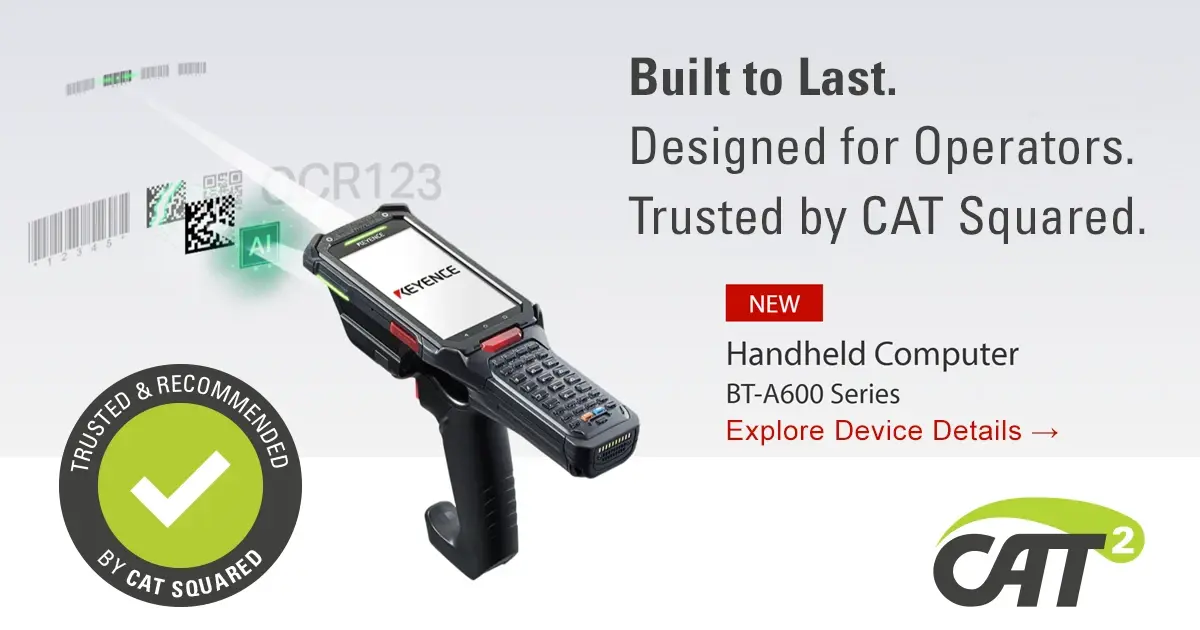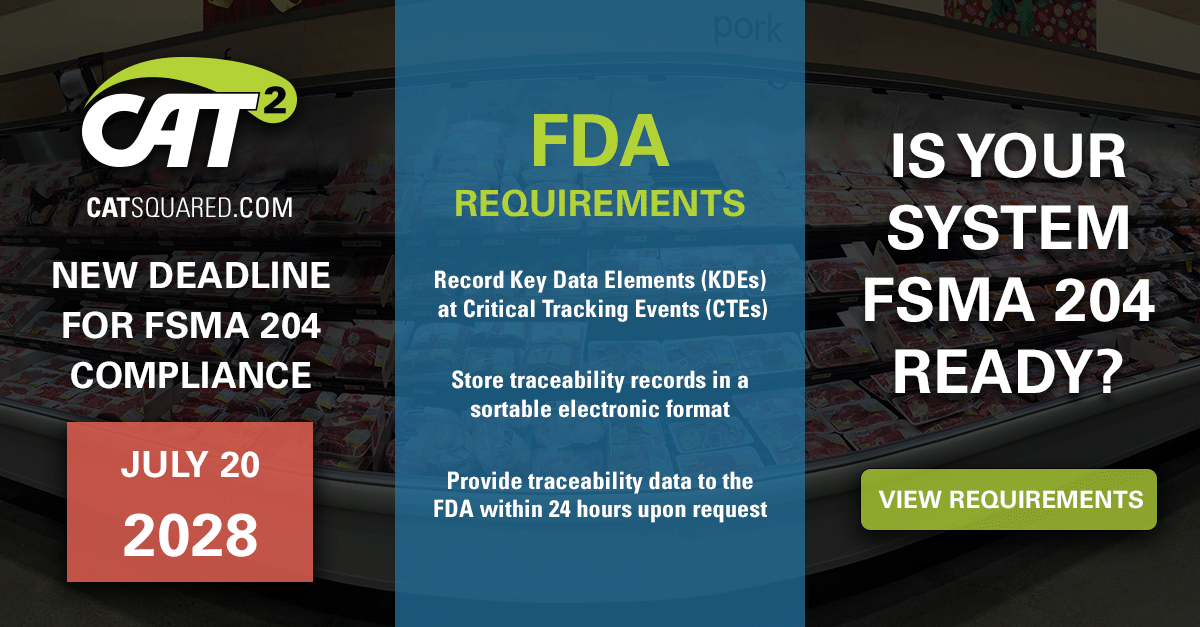Food manufacturers today face constant pressure to do more with less—improve yield, reduce waste, ensure traceability, and scale across multiple facilities. But without the right digital infrastructure in place, these goals are difficult to achieve. That’s where MES and MOM come into play.
In this post, we’ll explain the difference between Manufacturing Execution Systems (MES) and Manufacturing Operations Management (MOM)—and why this distinction matters for companies looking to modernize.
We’ll also introduce a free white paper that outlines a proven methodology for implementing MES in food production and showcases real-world results from Cargill and Gedik Piliç.
What Is MES?
A Manufacturing Execution System (MES) is a software platform that tracks, manages, and controls production on the plant floor in real-time. In food processing, this includes:
- Production order execution
- Yield and giveaway measurement
- Downtime and OEE tracking
- Quality assurance and food safety checks
- Traceability from raw intake to finished goods
An MES integrates with both industrial hardware (scales, labelers, PLCs) and higher-level systems like ERP to create a single source of truth for operational data.
What Is MOM?
Manufacturing Operations Management (MOM) is a broader framework that connects manufacturing activities—like production, quality, inventory, and maintenance—to business strategy. While MES executes the “how,” MOM defines the “why” and “what’s next.”
MOM includes processes like:
- Standardizing KPIs across multiple plants
- Driving continuous improvement
- Managing workflows and version control
- Aligning production goals with company objectives
Why the MES vs MOM Distinction Matters
Too often, food companies believe they have an MES when in reality they’re relying on SCADA screens, spreadsheets, and disconnected tools. These systems may provide visibility—but they don’t offer true execution or integration.
A true MES forms the operational backbone of a smart factory. When paired with MOM practices, it becomes a platform for sustainable growth and digital transformation.
Free White Paper: From MES to MOM
To help food manufacturers better understand this distinction and build a roadmap for success, we created a new white paper: From MES to MOM: Optimizing Food Manufacturing with Real-Time Production Data
Inside, you'll learn:
- The key differences between MES and MOM
- A step-by-step methodology for successful MES implementation
- Real-world case studies from Cargill and Gedik Piliç
- How data governance and standardized KPIs drive continuous improvement
- Why unified, real-time data is critical for traceability, food safety, and performance
Whether you're running a single plant or managing a global network of facilities, understanding the role of MES and MOM is essential to staying competitive.
📥 Download the white paper here to take the next step in your digital transformation journey.





